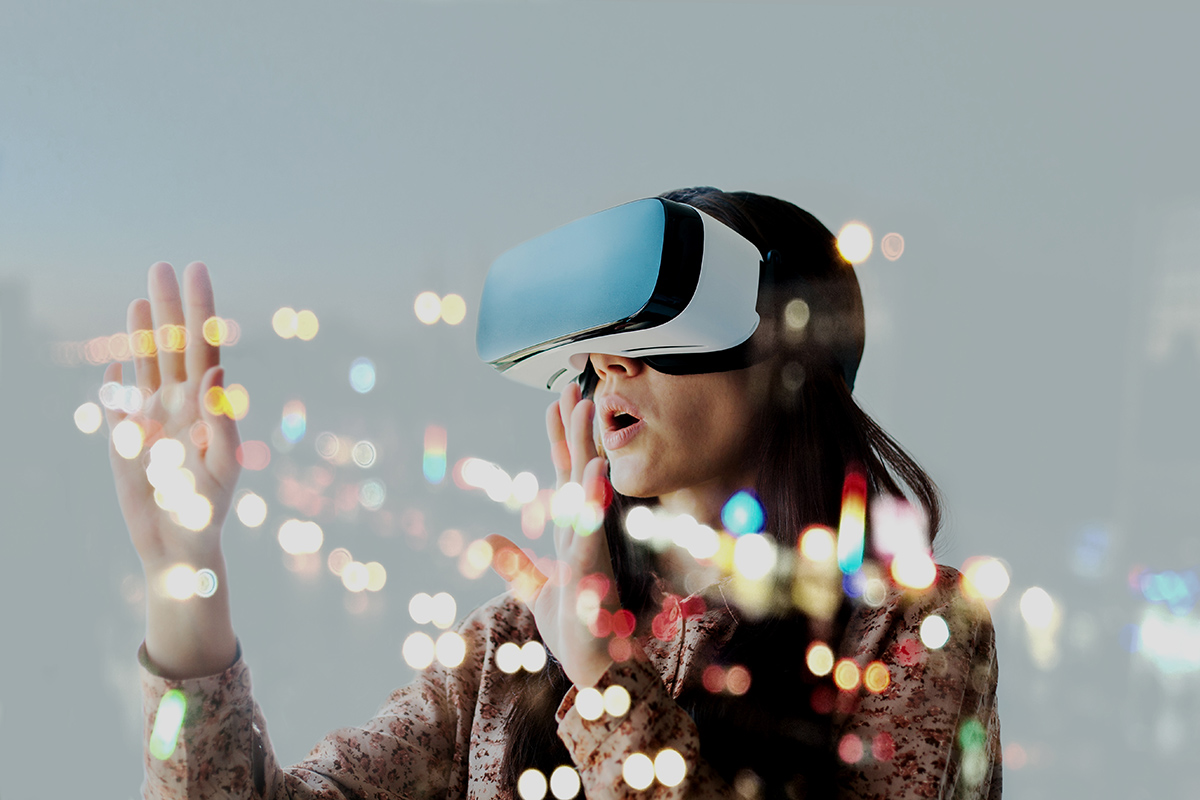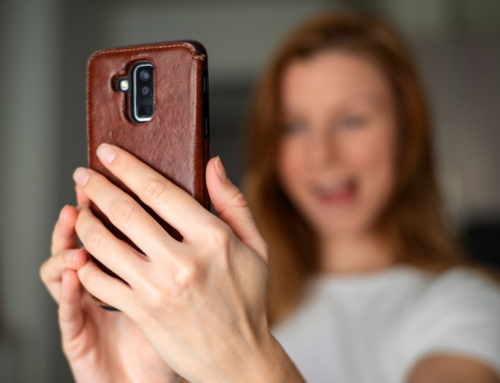We now live in a future not even Marty McFly could imagine.
Sure, our cars may not fly, our shoes may not tie themselves and our hoverboards haven’t exactly figured out how to … well, hover. But, our phones are now equipped with more technology than it took to land Neil Armstrong on the moon and we have the opportunity to experience the endless possibilities of a new and, somewhat improved, virtual reality.
A Quick Primer on VR
Not to be confused with augmented reality (AR), virtual reality, or VR, provides the user with a fully immersive experience, typically through a specialized headset.
Augmented reality is often seen as a first step in the direction of VR. Odds are you have even interacted with augmented reality in the past 24 hours. If you have recently used a Snapchat filter or are still hooked on Pokémon Go, you can thank AR which layers virtual objects over our existing reality using our smartphones or other devices.
Rather than place additional layers on our physical plane, VR transports the user into an entirely new setting or reality. And, it’s growing. With recent drops in the price of equipment and developers racing to make the ultimate headset, there still remains a novelty to the VR experience which gives room for marketers to capitalize on the technology to amaze and engage with their audience.
So, how do you get started?
VR is experiential marketing amplified and immersive storytelling come to life. And, although VR may seem like something reserved for ‘big brands,’ the tools needed to successfully implement VR into the marketer’s repertoire are becoming much more readily available.
One of the more low-cost, low-skill entry points for VR marketing is 360-degree video. If you read our blog post on video marketing, you already know the potential video holds for your marketing strategy and adding 360 degrees only amplifies those returns on user engagement.
Amp up your VR experiences by producing branded cardboard VR headsets, a relatively low-cost option which would be a big hit at trade shows and similar events, and you just may have a winning VR marketing campaign on your hands.
Or, if you’re not quite ready to dive in, dip your toes into the water with experiments in augmented and mixed reality with branded Instagram selfie filters or product catalogues live in three dimensions.
Want to see VR in action in your industry?
For those in the hospitality or tourism industry, check out how Marriott reportedly increased customer demand by 51 percent using strategically branded VR experiences.
Have a client in health care, manufacturing or engineering? Take a look at how GE puts VR to the test in their business and marketing efforts.
Or, are you a non-profit looking to bring out the empathy in community members and donors? If so, be sure to read about Amnesty International’s use of VR in their 2016 360Syria campaign.
And, for B2B marketers, take a peek at how VERYX Food Sorting used a virtual reality experience at the Pack Expo to market their food processing systems.
While you probably don’t have a case for investing in that $400 Oculus Rift set just yet, it’s never too early to get ahead of the curve.








